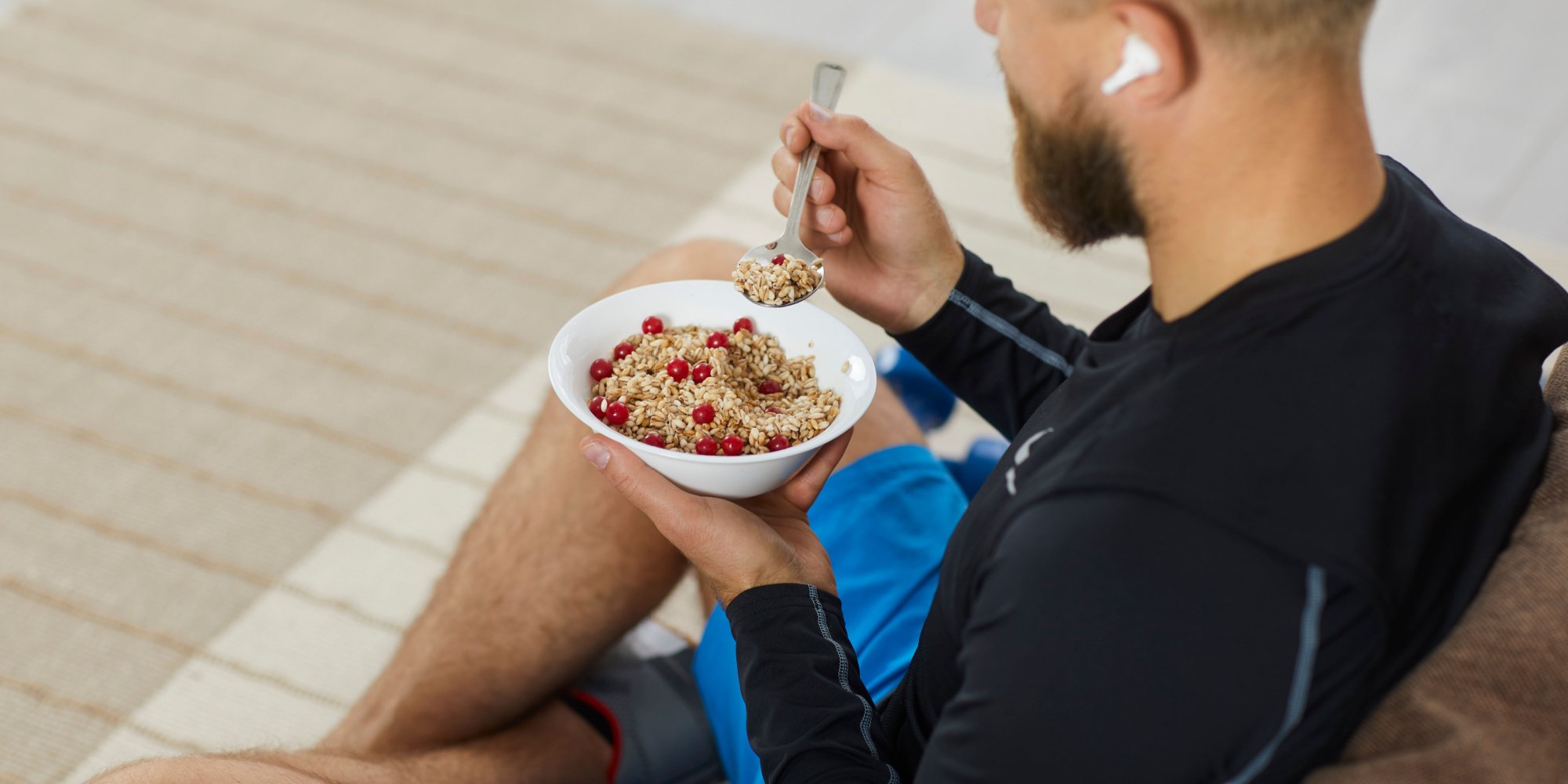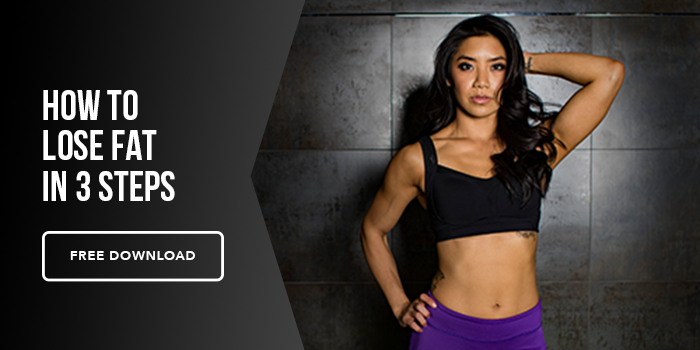Cycling between a bulk and a cut is one of the best ways to avoid plateaus, whether you are trying to lose weight, gain strength, or simply maintain a healthy lifestyle. It inspires variation with your workouts, while offering the opportunity to explore new ways to challenge yourself.
It can sometimes feel a bit challenging to go from a bulk to cut, or vise versa. This article will go more into detail about how you can incorporate these training cycles into your programming.
One of the things you should NOT do (unless you are a very seasoned and advanced athlete), is to try to bulk and cut at the same time. Focusing on one of these training methods is challenging enough, and to take the time to work on bulking and cutting at the same time is literally all you’ll be thinking about. Fitness and health are very important components for any average person who enjoys working out, but it shouldn’t completely take over someone’s life.
Bulk First
For most people, it is best to start with a bulk. For someone who is trying to lose weight, or have aesthetic-based goals, this can cause some anxiety. Bulking tends to have a negative connotation, yet is the best way to set for body up for success.
If you’ve been dieting, or have been in a calorie-deficit for a considerable amount of time, your body probably NEEDS to bulk to get back to a healthy baseline. Your body becomes very stubborn when it comes to fat loss, especially when its basic needs aren’t being met. These needs include meeting the appropriate amount of daily calories, macronutrients, and micronutrients to carry out normal, physiological functions.
Start by being honest with yourself as you determine how many calories you’re taking in daily, the types of workouts you’re involved in, and how often you work out. If you are already strength training 4 to 5 days a week, but you notice you may not be consuming enough calories and protein, then it could just come down to adjusting your nutrition. But if your only source of physical activity is running, and you only eat 1,200 calories a day, you’re going to have to make some changes!
As a general baseline, here are some suggestions as you work through a bulk:
Strength train at least 3 to 4 days a week, or 4 to 5 days a week if you are there already. Sessions should be around 30 to 60 minutes, and most of these workouts are all about lifting heavy.
Refrain from cardio workouts. Daily walks, weekend hikes, and casual bike rides are encouraged, and they won’t be detrimental to the progress you’re making with your bulk.
Increase your calories, and your protein intake. As long as you are lifting at a heavy intensity, most of the weight you gain during the bulk should come from muscle. Yes, you will gain some fat, but that is normal. It helps to turn to whole foods, avoid heavily-processed snacks and meals, and eat a steady amount of protein throughout the day. Depending on gender, weight, and size, you will increase your daily calories by 200 to 400 calories a day, or an increase of 10-20% of total calories. So if you typically eat about 2,000 calories a day, you’ll start eating 2,200 to 2,400 calories a day. Most people think they can go nuts during a bulk, but that’s when they gain more fat than intended.
A bulk can last anywhere from 8 to 16 weeks. Some people go longer (depending on their goals), but 2 to 4 months is typical for the average person.
Now time to cut!
The cut is where the magic happens. During your bulk, you’ve likely gained weight in the form of muscle and some fat (depending on how well you stayed on track during that time). During a cut, your workout routine changes, nutrition adjustments are made, and the goal is to either lose or maintain weight, while losing fat. This phase requires patience, and celebrating the small accomplishments.
Something else I should mention is to not rely on the scale. The scale will not tell you how much muscle you’ve maintained, or how much fat you’re losing. Your weight could be the same for a month, and you wouldn’t even realize that your body fat percentage has gone down. I love using tape measurements and calipers to get a more accurate representation of how much body fat you actually have.
Here are some things to remember during a cut:
Still strength train, but cut down the frequency. I’d also recommend increasing the amount of reps while decreasing the intensity. During a cut, you still want to maintain your lean muscle mass, so you don’t want to stop strength training completely. If your lean muscle mass increases during this time, you are on the right track!
Find a cardio routine that works for you. Cardio workouts should be completed 2 to 3 days a week, depending on fitness level. This could be running, cycling, boxing, swimming, or essentially anything that will get your heart rate up, improves your cardiovascular system, and is something you ENJOY. If you don’t like running, then don’t run, because then you’ll likely skip your cardio days.
Adjust your calories. Protein is still important, but you can decrease your total calories by 10 to 15%. A 20% cut in calories is a little more extreme, and requires a lot more perseverance.
Depending on your goals, a cut can last about the same amount of time as a bulk–2 to 4 months.






